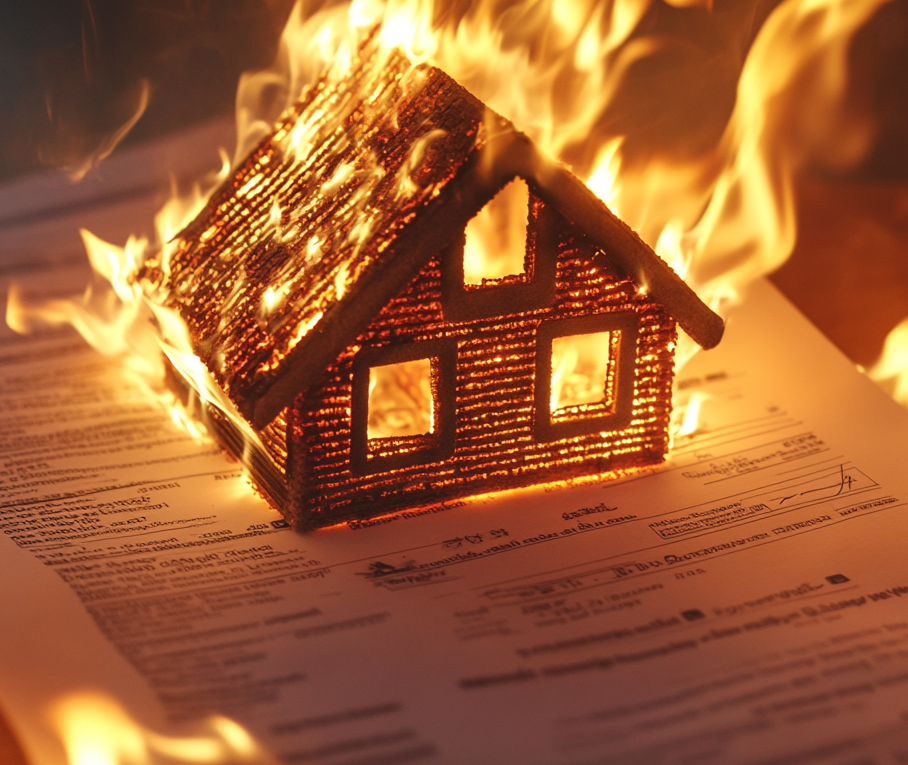Shortly after she returned to Los Angeles after her Ghana junket, Bass assured her constituents she would clear “away red tape and bureaucracy to organize around urgency, common sense and compassion.”
“We will do everything we can to get” fire victims “back home,” she said.
A month later, she swore it was her “priority and promise” “to help people rebuild their homes and businesses as quickly and safely as possible.” The city did open a one-stop center, but residents who showed up seeking to rebuild still found they had to deal with a dozen different agencies.
The official count of permits issued, according to a dashboard installed by Los Angeles County, is seven in the unincorporated areas that were burned by the Palisades (six) and Eaton (1) fires. Local news station KCAL reports that as of the week of May 5, the city of Los Angeles had granted 39 permits for rebuilds in Pacific Palisades.
Don’t blame the delays on red tape, says JPMorgan Chase CEO Jamie Dimon, who had some “tough words for California’s government” when he visited on May 9 a Chase branch being rebuilt in the Palisades. Blame it on the “blue tape” found in blue states that, he said, “seem to want more and more regulation.” Dimon claims to have coined the phrase and said last year in a letter to shareholders it “has been shown to slow down economic growth and make it hard for businesses and individuals to thrive, those who created it excuse the outcome and refuse to change.”
He could have just as easily called it “Golden State tape.”
Actress Mandy Moore still uses the more common expression and wasn’t at all shy recently about the “maddening,” “heartless” and “meaningless protocol” in Los Angeles that’s holding up construction.
“Thanks, LA County for making it as frustrating and impossible to rebuild after the fires as possible,” Moore wrote on Instagram. “Shouldn’t be surprised but it’s mind boggling the red tape and hoops they’re putting us all through.”
“Wasn’t California going to make this as easy as possible?” she asked.
To be fair, it took seven months to issue the first building permit after the 2018 Woolsey Fire, which started in Los Angeles County and spread to Ventura County. So there has been some improvement.
Yet it’s not quite enough. Though “hundreds of homeowners have sought city or county approval for new home designs and other permits to eventually rebuild or repair damaged homes,” the Associated Press reported earlier this month, “few have gotten the green light to break ground.”
Maybe the Unified Permitting Authority established in April by the Los Angeles Board of Supervisors to speed up the process will set off a cascade of approvals. But promises and even action from elected officials tend to die in the trenches of the bureaucracy.
When in San Francisco last year for his company’s health care conference, Dimon warned that “any city who doesn’t do a good job, it will lose its population.” His reference to “a good job” covered a number of duties, including the timely issuance of construction permits. Los Angeles has an opportunity to do a good job but much of it depends on regulators and administrators who seem to believe their jobs depend on how much resistance they can put in the path of the approval process. Until elected officials deal with them, it’s unlikely that there will be a speedy recovery in Los Angeles.
Kerry Jackson is the William Clement Fellow in California Reform at the Pacific Research Institute and co-author of The California Left Coast Survivor’s Guide.

